
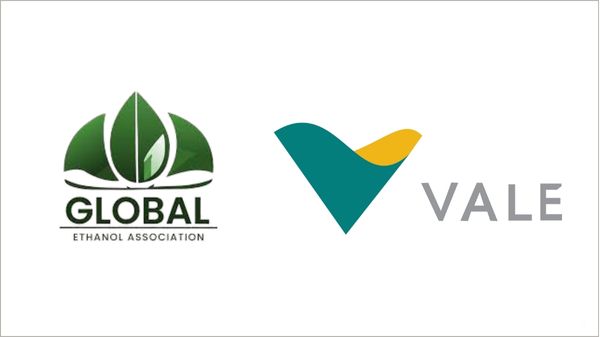
|
Vale joins Global Ethanol Association as founding member
Brazilian mining company becomes founding member of association focused on ethanol use in maritime sector. |
|
|
|
||
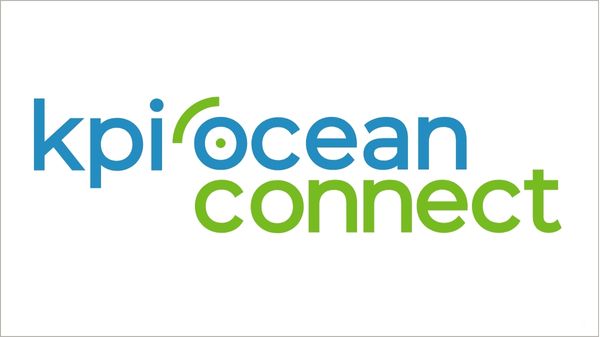
|
KPI OceanConnect seeks marine fuel trading intern in Singapore
Bunker supplier advertises role offering exposure to commercial and operational aspects of marine fuel business. |
|
|
|
||
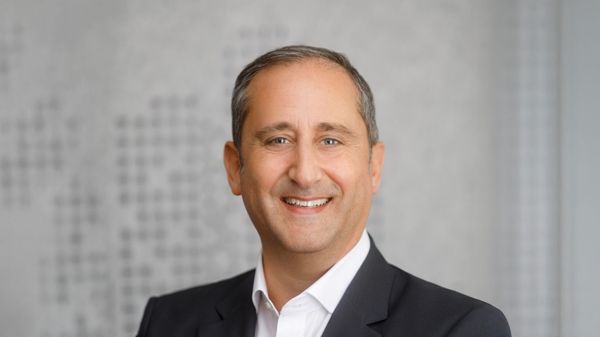
|
CSL Group's Frank Dahan appointed chair of IBIA's Americas regional board
Dahan brings 29 years of marine transportation and energy experience to the role. |
|
|
|
||
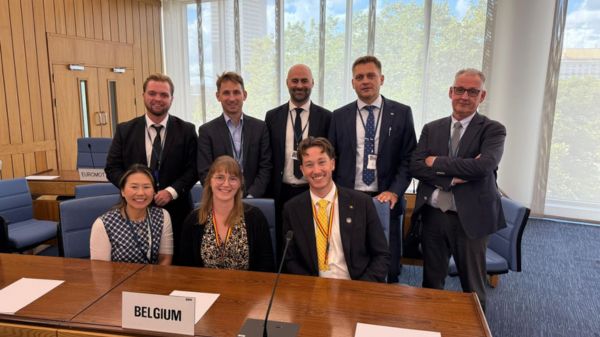
|
Lloyd's Register, EXMAR, and Belgium’s Federal Public Service develop interim guidelines for ammonia cargo as fuel
Guidelines expected to receive formal IMO approval in May 2026, enabling ammonia use on gas carriers. |
|
|
|
||

|
DNV to lead Nordic roadmap Phase 2 for zero-carbon shipping transition
Programme will identify green corridors and tackle cost barriers through new financing approaches. |
|
|
|
||
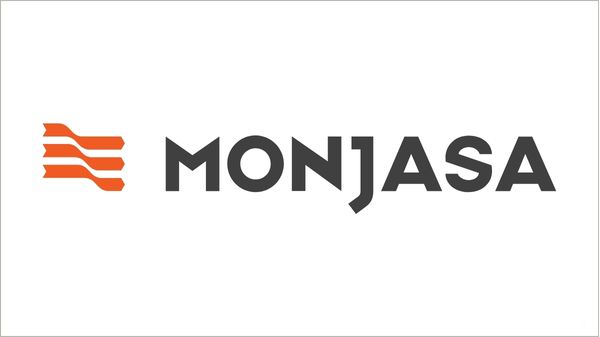
|
Monjasa seeks trader for Dubai operations
Marine fuel supplier recruiting for trading role covering sales, purchasing, and logistics in UAE. |
|
|
|
||

|
IBIA calls for board election nominations ahead of Friday deadline
Association seeks candidates for 2026 board positions with submissions closing 12 December. |
|
|
|
||
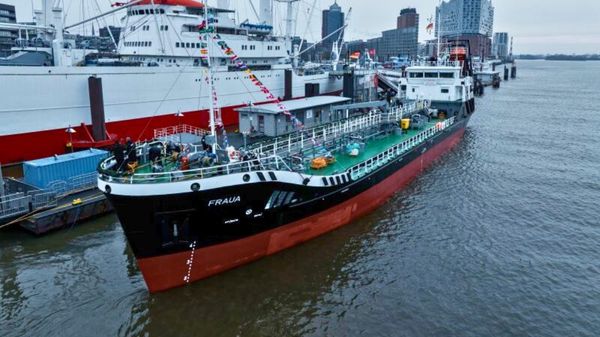
|
BMT Bunker adds tanker MT Fraua to fleet
BMT Bunker und Mineralöltransport has expanded its fleet with a new vessel. |
|
|
|
||
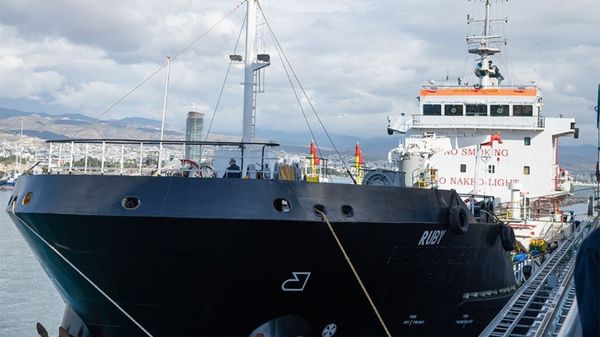
|
Island Oil expands Cyprus bunkering fleet with vessel Ruby
Island Oil adds second bunkering vessel to strengthen marine fuel supply operations in Cyprus. |
|
|
|
||
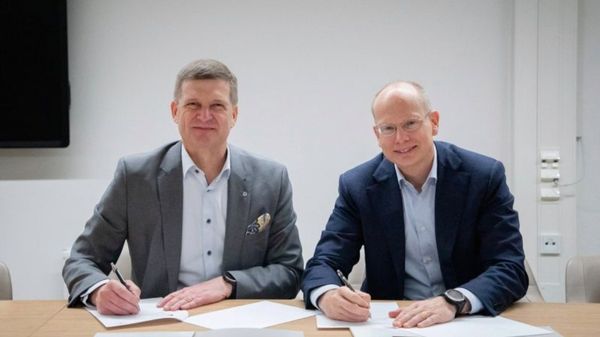
|
Wärtsilä and Aalto University extend R&D partnership to accelerate marine decarbonisation
Five-year agreement expands international collaboration on alternative fuels and clean energy technologies. |
|
|
|
||
| Report suggests LNG bunkering is 'likely to develop fast' [News & Insights] |
| Gothenburg LNG project given PCI status [News & Insights] |
| Plan to develop LNG bunkering terminal in Rotterdam [News & Insights] |
| Gothenburg pays out SEK 2m to fuel initiative participants [News & Insights] |
| Gothenburg LNG survey 'highly encouraging' [News & Insights] |